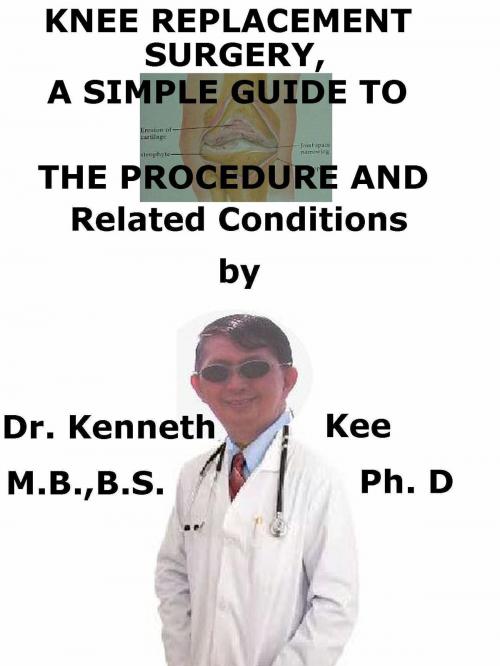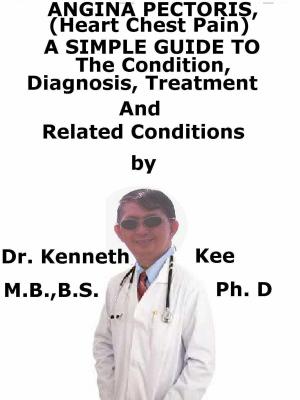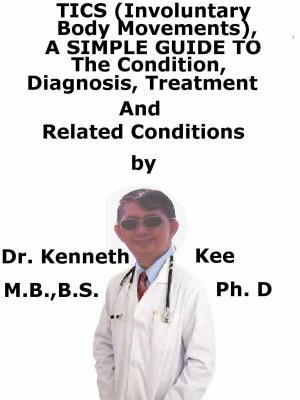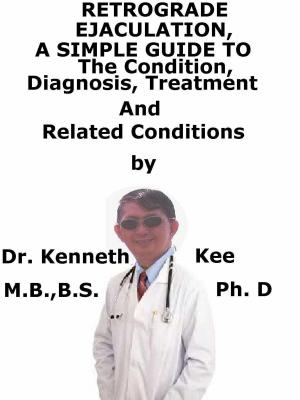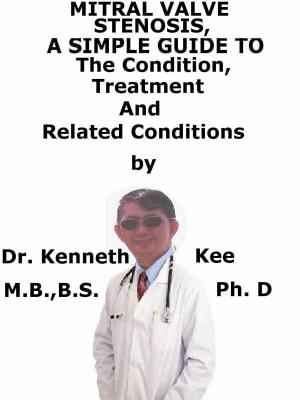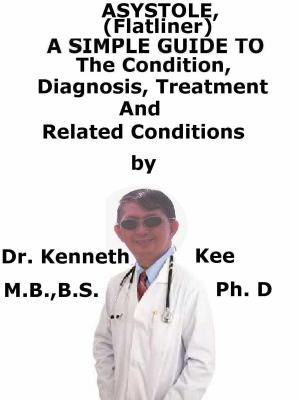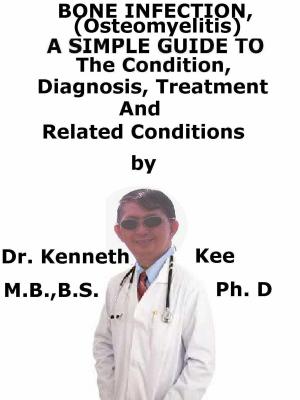Knee Replacement Surgery, A Simple Guide To The Procedure And Related Conditions
Nonfiction, Health & Well Being, Medical, Medical Science, Prosthesis, Specialties, Orthopedics| Author: | Kenneth Kee | ISBN: | 9781370095858 |
| Publisher: | Kenneth Kee | Publication: | October 12, 2016 |
| Imprint: | Smashwords Edition | Language: | English |
| Author: | Kenneth Kee |
| ISBN: | 9781370095858 |
| Publisher: | Kenneth Kee |
| Publication: | October 12, 2016 |
| Imprint: | Smashwords Edition |
| Language: | English |
Knee replacement is a surgical intervention that reduces pain and enhances the quality of life in many patients with serious arthritis of the knees.
Normally patients go through this surgery after non-operative treatments (such as activity modification medicines, knee injections or walking with a cane) have been unsuccessful to provide relief of arthritic symptoms.
Surgeons have done knee replacements for over three decades normally with good results.
Most documented cases have ten-year success rates past 90 percent.
Generally speaking there are two forms of knee replacements:
1. Total knee replacements and
2. Partial (or unicompartmental) knee replacements.
Both have long track records and good medical results in USA and in Europe.
Conventional total knee replacement requires a 7-8” incision over the knee, a hospital stay of 3-5 days and a recuperation period (during which the patient walks with a walker or cane) lasting from one to six months.
A large group of patients report substantial or total relief of their arthritic symptoms once they have healed from a total knee replacement.
Partial (unicompartmental) knee replacements have been present for decades and present excellent medical results just like total knee replacements.
But in the last year or two surgeons and patients have become very excited about a thrilling new method to this well-established procedure.
Minimally-invasive partial knee replacement (or mini knee) is a surgical method that permits a partial knee replacement to be placed through a small (3-3.5”) incision with minimal injury to the muscles and tendons around the knee.
Knee arthroscopy is minimum invasive surgery that utilizes a tiny camera to look inside the knee.
Small incisions are made to put in the camera and small surgical tools into the knee for the intervention.
Arthroscopy may be advised for these knee disorders:
1. Torn meniscus
Surgery is performed to restore or get rid of it.
2. Torn or injured anterior cruciate ligament (ACL) or posterior cruciate ligament (PCL)
3. Inflamed (swollen) or injured lining of the joint.
4. Kneecap (patella) that is dislocated.
5. Small debris of broken cartilage in the knee joint
6. Excision of Baker's cyst
Osteotomy requires cutting and relocation of one of the bones around the knee joint.
This treatment is suitable only if the arthritis is restricted to one compartment of the knee.
Knee fusion (also called arthrodesis) eternally joins the femur (thigh bone) with the tibia (shin bone) producing one long bone from the hip to the ankle.
It eliminates all movement from the knee ending in a stiff-legged gait.
Finally Total knee replacement surgery procedure is described.
TABLE OF CONTENT
Introduction
Chapter 1 Knee Replacement Surgery
Chapter 2 The Knee
Chapter 3 Types of Knee Surgeries
Chapter 4 Partial Knee Arthroplasty
Chapter 5 Total Knee Arthroplasty
Chapter 6 TKA Procedure
Chapter 7 OsteoArthritis
Chapter 8 Rheumatoid Arthritis
Epilogue
Knee replacement is a surgical intervention that reduces pain and enhances the quality of life in many patients with serious arthritis of the knees.
Normally patients go through this surgery after non-operative treatments (such as activity modification medicines, knee injections or walking with a cane) have been unsuccessful to provide relief of arthritic symptoms.
Surgeons have done knee replacements for over three decades normally with good results.
Most documented cases have ten-year success rates past 90 percent.
Generally speaking there are two forms of knee replacements:
1. Total knee replacements and
2. Partial (or unicompartmental) knee replacements.
Both have long track records and good medical results in USA and in Europe.
Conventional total knee replacement requires a 7-8” incision over the knee, a hospital stay of 3-5 days and a recuperation period (during which the patient walks with a walker or cane) lasting from one to six months.
A large group of patients report substantial or total relief of their arthritic symptoms once they have healed from a total knee replacement.
Partial (unicompartmental) knee replacements have been present for decades and present excellent medical results just like total knee replacements.
But in the last year or two surgeons and patients have become very excited about a thrilling new method to this well-established procedure.
Minimally-invasive partial knee replacement (or mini knee) is a surgical method that permits a partial knee replacement to be placed through a small (3-3.5”) incision with minimal injury to the muscles and tendons around the knee.
Knee arthroscopy is minimum invasive surgery that utilizes a tiny camera to look inside the knee.
Small incisions are made to put in the camera and small surgical tools into the knee for the intervention.
Arthroscopy may be advised for these knee disorders:
1. Torn meniscus
Surgery is performed to restore or get rid of it.
2. Torn or injured anterior cruciate ligament (ACL) or posterior cruciate ligament (PCL)
3. Inflamed (swollen) or injured lining of the joint.
4. Kneecap (patella) that is dislocated.
5. Small debris of broken cartilage in the knee joint
6. Excision of Baker's cyst
Osteotomy requires cutting and relocation of one of the bones around the knee joint.
This treatment is suitable only if the arthritis is restricted to one compartment of the knee.
Knee fusion (also called arthrodesis) eternally joins the femur (thigh bone) with the tibia (shin bone) producing one long bone from the hip to the ankle.
It eliminates all movement from the knee ending in a stiff-legged gait.
Finally Total knee replacement surgery procedure is described.
TABLE OF CONTENT
Introduction
Chapter 1 Knee Replacement Surgery
Chapter 2 The Knee
Chapter 3 Types of Knee Surgeries
Chapter 4 Partial Knee Arthroplasty
Chapter 5 Total Knee Arthroplasty
Chapter 6 TKA Procedure
Chapter 7 OsteoArthritis
Chapter 8 Rheumatoid Arthritis
Epilogue
